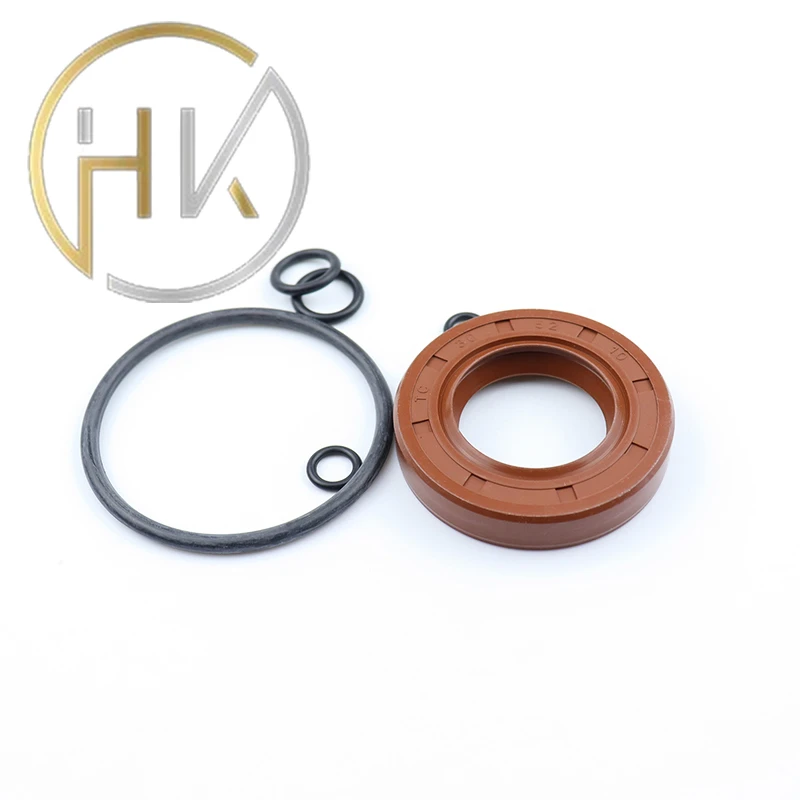nov . 27, 2024 09:33 Back to list
Hydraulic Floor Jack Maintenance Kit for Efficient Repairs and Upkeep
Understanding and Utilizing a Hydraulic Floor Jack Repair Kit
Hydraulic floor jacks have become indispensable tools in automotive maintenance and repair, offering the ability to lift vehicles easily and safely. However, like all tools, they are subject to wear and tear. When a hydraulic floor jack malfunctions, knowing how to repair it can save both time and money. A hydraulic floor jack repair kit is the ultimate solution for those who want to restore their jack to optimal working condition. In this article, we will explore the components of a typical hydraulic floor jack repair kit, common issues, and how to effectively use the kit for repairs.
Components of a Hydraulic Floor Jack Repair Kit
A hydraulic floor jack repair kit typically includes several components essential for servicing the jack. Some of the key parts you might find in the kit are
1. Seals and O-rings These are crucial for preventing hydraulic fluid leaks. Over time, seals can wear out, leading to a loss of pressure. 2. Pump Piston This component is responsible for generating the hydraulic pressure needed to lift heavy loads. If it becomes damaged, it may not function correctly. 3. Release Valve This part controls the release of hydraulic fluid when lowering the jack. A faulty release valve can result in improper lowering of the vehicle. 4. Hydraulic Fluid Some kits include hydraulic fluid, which is essential for maintaining the proper operation of the jack. 5. Tools Certain repair kits may also include the tools necessary to perform the repairs, such as screwdrivers, wrenches, or special tools for removing old seals.
Common Issues with Hydraulic Floor Jacks
Understanding the common problems associated with hydraulic floor jacks can help you know when to use your repair kit. Some of the typical issues include
1. Leaking Hydraulic Fluid This is one of the most obvious indicators of a problem. If you notice fluid pooling under the jack, it may have a damaged seal or O-ring. 2. Inability to Lift Load If the jack struggles to lift a vehicle, it could indicate a problem with the pump piston or insufficient hydraulic fluid. 3. Slow Release If your jack takes too long to lower the vehicle, it may have a blocked or faulty release valve. 4. Strange Noises Unusual noises during operation can signal internal damage or the need for lubrication.
How to Use a Repair Kit
hydraulic floor jack repair kit

Using a hydraulic floor jack repair kit involves several steps. Here’s a basic guide
1. Preparation Before starting the repair, make sure to wear gloves and eye protection. Working with hydraulic systems can be messy and potentially hazardous.
2. Disassembly Carefully disassemble the floor jack. Refer to your jack's manual for guidance on how to open it without causing damage. Keep track of all parts as you remove them.
3. Inspection Inspect all components, focusing on the seals, piston, and release valve. Identify any parts that need replacement.
4. Replace Components Using the repair kit, replace any faulty seals, O-rings, or other components. Ensure that you install everything in the correct order and orientation.
5. Reassemble and Test Once all replacements are made, reassemble the jack. Fill it with the appropriate hydraulic fluid if required, and test it to ensure proper operation.
6. Final Check After testing, double-check for leaks and ensure the jack lifts and lowers smoothly.
Conclusion
Maintaining a hydraulic floor jack is crucial for ensuring its longevity and reliable performance. A hydraulic floor jack repair kit empowers users to tackle minor repairs themselves, making it a valuable addition to any toolbox. Regular maintenance and timely repairs can extend the life of your floor jack, keeping it ready for action when you need it most. Remember, safety is paramount, so always adhere to safety guidelines while performing any repairs. With the right knowledge and tools, you can keep your hydraulic floor jack in top shape for years of dependable use.
-
TCN Oil Seal Metal Ring Reinforcement for Heavy Machinery
NewsJul.25,2025
-
Rotary Lip Seal Spring-Loaded Design for High-Speed Applications
NewsJul.25,2025
-
Hydraulic Cylinder Seals Polyurethane Material for High-Impact Jobs
NewsJul.25,2025
-
High Pressure Oil Seal Polyurethane Coating Wear Resistance
NewsJul.25,2025
-
Dust Proof Seal Double Lip Design for Construction Equipment
NewsJul.25,2025
-
Hub Seal Polyurethane Wear Resistance in Agricultural Vehicles
NewsJul.25,2025
-
The Trans-formative Journey of Wheel Hub Oil Seals
NewsJun.06,2025
Products categories
















